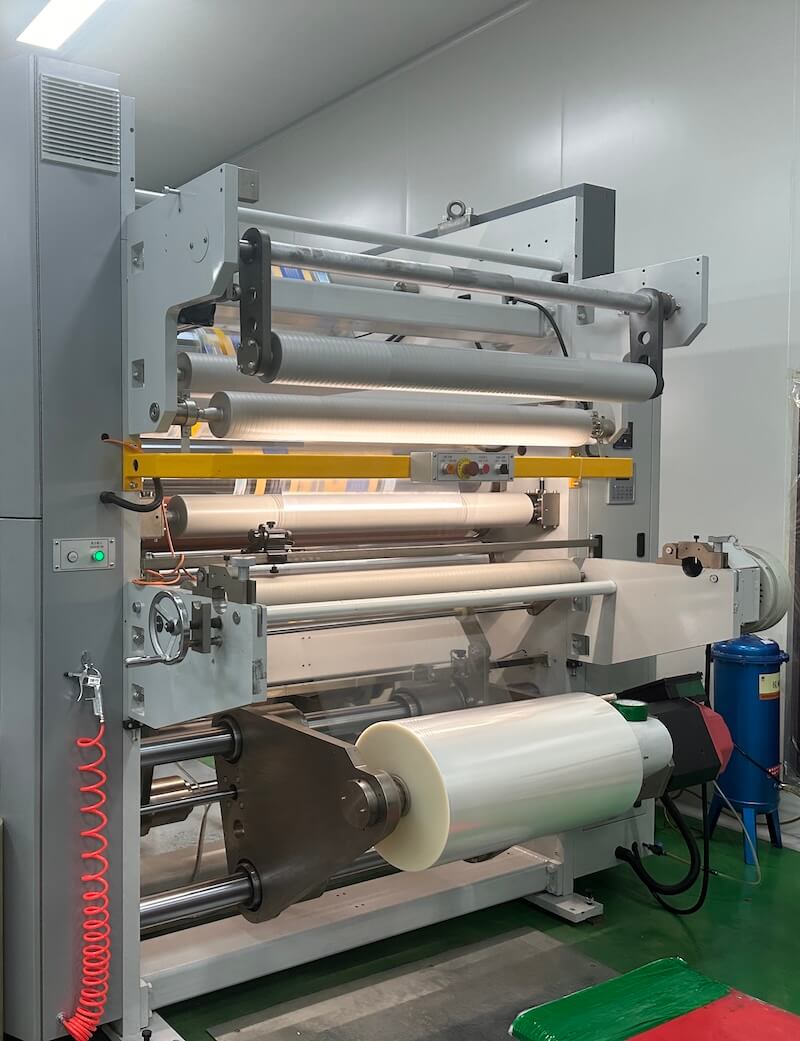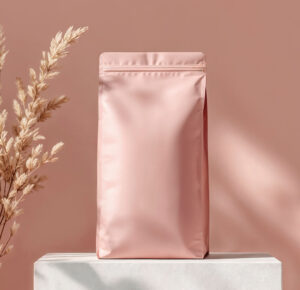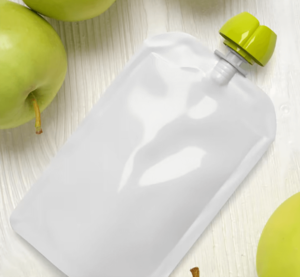Laminating is a simple yet powerful way to protect, enhance, and add durability to paper documents, photos, or business materials. But when it comes to choosing laminating pouches, one key factor can make all the difference: thickness. Laminating pouches come in a variety of thicknesses, measured in mils (thousandths of an inch), and selecting the right one depends on your specific needs and intended use. In this guide, we’ll explore everything you need to know about laminating pouch thicknesses and help you determine which option is the best for your project.
What Does Laminating Pouch Thickness Mean?
The thickness of laminating pouches is measured in mils, where 1 mil equals 0.001 inches. Common thicknesses include 3 mil, 5 mil, 7 mil, and 10 mil. The thicker the pouch, the stiffer and more durable the laminated result will be. Thickness is typically listed as a combined measurement for both sides of the pouch. For instance, a 5-mil pouch is actually 2.5 mils on each side, adding up to a total thickness of 5 mil when sealed around your document.
Key Takeaway: What’s the Ideal Thickness for Laminating Pouches?
The best thickness for laminating pouches depends on the specific application. For lightweight protection, 3-mil pouches are sufficient, while 5-mil is the most versatile option for general use. For added durability, 7-mil and 10-mil pouches are ideal for heavy handling or outdoor use.
Breaking Down Laminating Pouch Thicknesses
To choose the best pouch thickness, it’s important to consider the following factors: how durable you need the laminate to be, the frequency of use, and the environment in which it will be used. Below, we’ll examine the most common thicknesses and their ideal use cases:
1. 3-Mil Laminating Pouches
- Best For: Temporary or lightweight protection
- Common Uses: Flyers, brochures, classroom displays, reference sheets
- Pros: Affordable, flexible, easy to trim
- Cons: Less durable, prone to bending or creasing
3-mil pouches are the thinnest option available, offering basic protection against dirt, fingerprints, and light moisture. They’re ideal for items that don’t require heavy handling or long-term preservation. These pouches are also flexible, making them great for materials that need to bend or roll. However, they’re not recommended for items that will face frequent handling, as they’re more susceptible to wear and tear.
2. 5-Mil Laminating Pouches
- Best For: Everyday use and moderate durability
- Common Uses: ID badges, signage, menus, craft projects, educational materials
- Pros: Versatile, moderately rigid, suitable for a wide range of applications
- Cons: Slightly more expensive than 3-mil pouches
5-mil pouches strike a perfect balance between flexibility and durability, making them the most popular choice for general use. They provide sufficient protection against water, spills, and light handling while maintaining a semi-flexible feel. This thickness is suitable for most office, school, and home applications.

3. 7-Mil Laminating Pouches
- Best For: Durable items requiring frequent handling
- Common Uses: Certificates, instruction sheets, luggage tags, reusable charts
- Pros: Sturdy, highly protective, resistant to wear
- Cons: Less flexible, higher cost
At 7 mil, laminating pouches offer a noticeable increase in rigidity and durability. They’re great for items that need to withstand frequent handling, such as reusable documents or materials used in busy environments. These pouches can also hold up well in slightly harsher conditions, making them a great option for frequently handled office documents or educational resources.
4. 10-Mil Laminating Pouches
- Best For: Heavy-duty protection and long-term durability
- Common Uses: Outdoor signage, restaurant menus, professional IDs, legal documents
- Pros: Maximum durability, water-resistant, UV protection
- Cons: Completely rigid, expensive, not suitable for flexible items
10-mil pouches are the thickest and most durable option available. They’re designed for heavy-duty use and provide excellent protection against water, sunlight, and physical damage. These pouches are ideal for outdoor signage, documents exposed to extreme conditions, and materials that require maximum preservation. However, due to their rigidity, they’re not suitable for items that need to bend or flex.
Factors to Consider When Choosing the Best Thickness
1. Durability Needs
If your laminated item will be handled frequently, such as a restaurant menu or an instructional sheet, go for a thicker pouch (7-mil or 10-mil). For temporary or infrequently used documents, 3-mil or 5-mil will suffice.
2. Flexibility Requirements
Consider whether the laminated item needs to be flexible. Thinner pouches (3-mil or 5-mil) are more pliable and better for materials like flyers or posters, while thicker pouches (7-mil or 10-mil) are better for rigid applications like ID badges or signs.
3. Budget
Thicker pouches are more expensive than thinner ones, so you’ll need to weigh the benefits of durability against the added cost. For high-volume projects, sticking to 3-mil or 5-mil pouches may be more economical.
4. Environment
If your laminated item will be used outdoors or exposed to water or harsh conditions, opt for 7-mil or 10-mil pouches to ensure maximum protection.
5. Machine Compatibility
Not all laminators can handle thicker pouches. Before purchasing, check the specifications of your laminating machine to ensure it can handle the desired thickness.
Tips for Achieving the Best Results with Laminating Pouches
- Choose the Right Laminator: Ensure your laminator is compatible with the thickness of the pouches you’re using. Higher-end machines often support thicker pouches.
- Center Your Document: Place your document evenly in the pouch to ensure a clean seal on all sides.
- Avoid Overheating: Excessive heat can damage the laminate or cause bubbling. Follow your machine’s guidelines for the optimal heat setting.
- Trim After Laminating: If you need to cut your laminated material, do so after the lamination process to prevent uneven edges or poor sealing.
What’s the Best Thickness for You?
Choosing the best thickness for laminating pouches comes down to the specific needs of your project. For most everyday uses, 5-mil pouches offer the perfect balance of durability, cost, and flexibility. For heavy-duty applications or materials exposed to harsh conditions, 7-mil or 10-mil pouches are the way to go. And for lightweight, low-cost protection, 3-mil pouches are a solid choice.
Final Thoughts
Laminating pouches are not one-size-fits-all. By understanding the differences in thickness and their applications, you can ensure that your laminated documents are not only well-protected but also suited to your specific needs. Whether you’re preserving important legal documents, creating reusable classroom materials, or crafting durable signage, there’s a laminating pouch thickness that’s just right for the job.
The next time you’re selecting laminating supplies, ask yourself: What level of durability do I need? The answer will lead you to the perfect thickness—and the best results.







